The Power of Neutral Density Filters
Over the weekend, I finally bought a B+W 10-Stop Neutral Density (ND) filter. I have been itching to get one for awhile after it became apparent that I can only slow down the shutter speed so much with a circular polarizing filter. My main reason for wanting one was to smooth out water. I wanted that silky smooth look and to not be tied down to only achieving the look at the right time of day. So this morning, I headed out for a little testing at Salem Lake in Winston-Salem, North Carolina.
Nikon Z6 at 55mm w/ 10-stop ND filter: f/20 , 10 sec, ISO-100
I decided to do a quick demonstration on the powers of the ND filter and how it affects the water. I’ve listed the settings that were used below each image.
Nikon Z6 at 130mm (no filter): f/13 , 1/200 sec, ISO-100
Nikon Z6 at 130mm (no filter): f/22 , 1/60 sec, ISO-100
The lake’s surfaces looks very similar to the photo above. This was about as slow as I could go without a filter at ISO-100. You sill also notice I used a smaller aperture to keep the scene lit about the same level.
Nikon Z6 at 130mm w/ 10-stop ND filter: f/22 , 15 sec, ISO-100
A 15 second shutter speed allows the ripples in the water to smooth out to achieve a silky smooth surface that brings in an extra sense of calmness to the scene. If I were to take the ND filter off, the whole scene would be blown out. These images were taken around 9:30am, so the sun was above the tree line and it was about 2 hours after sunrise.
I am so excited to get out and explore with this new tool in my camera bag!
Until next time…
Nikon Z6 at 27mm w/ 10-stop ND filter: f/20 , 10 sec, ISO-100
B+W 72mm ND Filter: https://amzn.to/39H8veu
Nikon Z6 Mirrorless Camera with 24-70mm Lens: https://amzn.to/3oNoXOs
Disclaimer: As a member of select affiliate programs I earn a small commission on qualifying purchases made using the above links.





